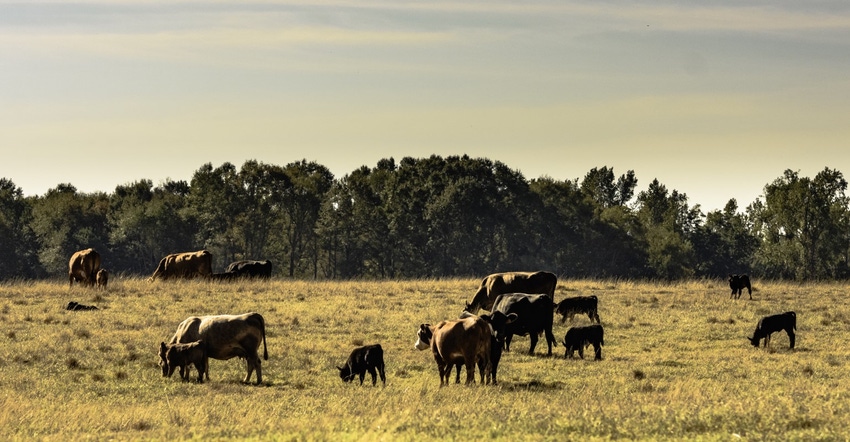Livestock disaster assistance to be distributed by March and crop producers will see payments yet this spring.

While speaking to the National Cattlemen’s Beef Association’s Cattle Industry Convention in Houston, Secretary of Agriculture Tom Vilsack and Undersecretary Robert Bonnie announced continued assistance for producers who have suffered loss from catastrophic disasters.
Vilsack committed to addressing challenges that cattle producers are facing regarding the supply chain, processing capacity and drought.
“Over the past two years, as agricultural producers have struggled with the ongoing impacts of the COVID-19 pandemic, many have been hard-hit by more frequent and more intense natural disasters,” says Bonnie, undersecretary for farm production and conservation. “With the help of Congress, USDA is working to deliver $10 billion in much-needed relief, including $750 million for livestock producers impacted by the severe drought.”
On Sept. 30, 2021, President Joe Biden signed into law the Extending Government Funding and Delivering Emergency Assistance Act. This act includes $10 billion in assistance to agricultural producers impacted by wildfires, droughts, hurricanes, winter storms and other eligible disasters experienced during calendar years 2020 and 2021. Additionally, the act specifically targets $750 million to provide assistance to livestock producers for losses incurred due to drought or wildfires in calendar year 2021.
Bonnie adds, “As we work to administer this assistance, we remain guided by our goals to streamline the application process to reduce the burden on producers, proactively include underserved producers who have been left out of past relief efforts and encourage participation in existing risk management tools that can help producers weather future extreme weather events.”
Bonnie says USDA will follow a two-phased process to administer relief to eligible livestock and crop producers, with the first phase utilizing a streamlined process that relies on existing data that producers have already reported to USDA.
“We appreciate the working relationship that our team has with both Secretary Vilsack and Under Secretary Bonnie,” says NCBA Vice President of Government Affairs Ethan Lane.
Phased-in approach
For impacted ranchers, USDA will leverage Livestock Forage Disaster Program data to administer relief. LFP is an important tool that provides up to 60% of the estimated replacement feed cost when drought adversely impacts grazing lands. FSA says it continues to tally 2021 LFP applications filed by the Jan. 31, 2022 deadline, but early estimates show 74,000 applications totaling more than $500 million in payments to livestock producers under LFP.
While LFP has provided a critical infusion of assistance for ranchers, widespread and severe drought conditions, especially in the Western and Plain states, last year drove prices for feed 50% or more above the feed cost formula.
Congress recognized requests for aid go beyond this existing program and provided specific funding for livestock producers in 2021.
For the first phase of livestock assistance, USDA intends to use existing LFP application data as well as streamline the application process to require no or minimal additional paperwork. USDA hopes to distribute at least half the $750 million through the first phase by the end of March 2022.
The broader program to provide assistance to crop producers will follow a two-phased process similar to that of the livestock assistance with implementation of first phase this spring. Phase one of the crop assistance program delivery will use existing Federal Crop Insurance or Noninsured Crop Disaster Assistance Program data as the basis for calculating initial payments.
Making the initial payments using existing safety net and risk management data will both speed implementation and further encourage participation in these permanent programs, including the Pasture, Rangeland, Forage Rainfall Index Crop Insurance Program, as Congress intended, USDA says.
The second phase of both the livestock and crop programs will fill additional assistance gaps and cover eligible producers who did not participate in these existing programs.
Additional USDA disaster assistance information can be found on farmers.gov, including the Disaster Assistance Discovery Tool, Disaster-at-a-Glance fact sheet, and Farm Loan Discovery Tool. For FSA and Natural Resources Conservation Service programs, producers should contact their local USDA Service Center. For assistance with a crop insurance claim, producers and landowners should contact their crop insurance agent.
About the Author(s)
You May Also Like





